Set A Timer For 20 Mins
Setting a timer for 20 minutes can help improve productivity and time management skills. Whether you are working, studying, or engaging in other activities, using a timer can increase focus, concentration, and task completion. In this article, we will explore the benefits of setting a timer, how to choose the right timer, tips for setting the timer, dealing with distractions, and how to evaluate and adjust timer settings. We will also discuss the advantages of disengaging after the timer goes off and incorporating timers into your daily routine.
Benefits of Setting a Timer
Setting a timer for a specific period, such as 20 minutes, offers several benefits. One of the main advantages is increased productivity. By working against a countdown, you are more likely to stay focused and motivated, as you have a defined time frame to complete your tasks. This heightened focus can lead to enhanced concentration and better task completion rates.
Another advantage of using a timer is improved time management skills. When you set a timer, you become more aware of the time passing, encouraging you to make better use of every moment. By setting a clear time limit, you can allocate your time more efficiently, ensuring that you allocate enough time to each task and avoid spending excessive time on less important activities.
Choosing the Right Timer
There are various options available for setting a timer, including those found on devices, apps, and websites. When choosing a timer, consider factors such as ease of use, visibility, and customization options. Look for a timer that suits your preferences and needs, ensuring that it is easy to set and adjust. Additionally, consider the visibility of the timer, as it should be easily noticeable and not obstructive to your work. Customization options, such as setting alarms or selecting different sounds or visuals, can also enhance your timer experience.
Setting the Timer
Before setting the timer, determine the purpose and task at hand. This will help you gauge the appropriate time limit needed to complete the task effectively. Consider the complexity and urgency of the task, and adjust the countdown duration accordingly. If a task is more challenging or pressing, you may need to increase the time limit. On the other hand, for less demanding tasks, you can decrease the time limit.
Eliminating Distractions
To maximize the effectiveness of the timer, it is crucial to create a conducive environment that is free of distractions. Find a quiet space where you can work without interruptions. Put away or silence any distracting devices, such as your smartphone or television. Additionally, disable notifications on your devices to avoid interruptions during your timed work period.
Focusing during the Time
When the timer has been set, it is essential to prioritize task importance and urgency. Set clear goals and objectives for the allotted time, and actively concentrate on the task at hand. By staying focused and avoiding unrelated distractions, you can make the most of the set time limit.
Dealing with Time Pressure
Working against a timer can sometimes create a sense of time pressure. To manage this pressure, break down larger tasks into smaller, manageable chunks. This approach can help you tackle each part systematically and reduce any stress associated with time constraints. Additionally, consider utilizing time management techniques, such as the Pomodoro Technique or time blocking, to stay organized and stay on track. Lastly, it is important to stay calm and composed during the timed period to maintain productivity and avoid rushing through tasks.
Benefits of Disengaging after the Timer Goes Off
After the timer goes off, take short breaks to recharge and relax. These breaks are essential for maintaining productivity and avoiding burnout. Use this time to reassess your progress and make any necessary adjustments for the next timed session. By taking regular breaks and disengaging from work, you can also maintain a healthy work-life balance.
Evaluating and Adjusting Timer Settings
Reflecting on the effectiveness of the set time limit is crucial for improving your productivity. Assess the accomplishment of your goals within the allocated time and evaluate whether the tasks were completed efficiently. Based on this reflection and your productivity levels, you can fine-tune future timer settings to optimize your time management skills.
Incorporating Timers into Daily Routine
To make the most of timer usage, integrate them into your daily routine. Practice setting shorter, more focused timers for optimal results. For example, you can use a timer for tasks like cleaning, exercising, or working on personal projects. By cultivating a habit of using timers, you can enhance productivity in various aspects of your life.
In conclusion, setting a timer for 20 minutes can significantly improve productivity and time management skills. By increasing focus, enhancing concentration, and improving task completion rates, timers offer numerous benefits. Choose a timer that suits your preferences and needs, create a distraction-free environment, and stay focused and calm during the timed period. Take breaks to recharge and reassess progress while adjusting timer settings based on experience. By incorporating timers into your daily routine, you can cultivate a habit of enhanced productivity in various aspects of life.
FAQs:
1. Can I set a timer for a specific period on my smartphone?
Yes, most smartphones have a built-in timer feature that allows you to set a timer for any desired duration.
2. Are there any apps or websites that offer customizable timers?
Yes, there are numerous apps and websites available that offer customizable timers with various features, such as different alarm sounds or visuals.
3. How can I avoid distractions while working with a timer?
Creating a conducive environment, putting away distracting devices, and disabling notifications can help eliminate distractions during your timed work period.
4. Is it necessary to take breaks after the timer goes off?
Yes, taking short breaks after the timer goes off is important for recharging and avoiding burnout. It also allows you to reassess your progress and make necessary adjustments.
5. Can I adjust the timer settings based on my experience and productivity levels?
Yes, it is recommended to reflect on the effectiveness of the set time limit and adjust it accordingly to optimize your productivity and time management skills.
20 Minute Timer
Where Is The Google Timer?
In today’s fast-paced world, time management has become crucial in our daily lives. It’s not uncommon to find ourselves needing a timer for various tasks, whether it’s to monitor cooking time, time breaks during study sessions, or even to keep track of professional presentations. We often turn to technology for assistance, with Google being one of the most popular platforms that comes to mind.
Google offers us a wide range of tools and services, with a user-friendly interface that makes our lives easier. However, despite the abundance of features, you may have found yourself wondering, “Where is the Google timer?” In this article, we will dive into this topic, examining the various ways in which you can access and utilize a timer with Google.
The Google Timer on the Search Engine
One of the most convenient ways to access the Google Timer is directly through the Google search engine. By simply typing “timer” into the search bar, Google will display a customizable timer at the top of the search results. This timer can be adjusted with a simple click and drag to set the desired time. Once the time is set, the timer will count down, accompanied by a sound notification when it reaches zero.
Using Google Assistant
Google Assistant is another popular tool that can help with time management. Available on both mobile devices and smart speakers, Google Assistant can be summoned by saying, “Hey, Google” or by tapping on the microphone icon. Once activated, you can simply say, “Set a timer for [duration],” and Google Assistant will start the countdown. You can also ask Google Assistant to stop the timer or check the remaining time. This feature is especially useful during hands-on activities when your hands are occupied, such as cooking or working on a DIY project.
Google Clock App
If you prefer a dedicated app for your time management needs, the Google Clock app is an ideal option. This app not only offers an alarm clock but also includes a built-in timer feature. You can easily set a timer by opening the app, selecting the timer option, and inputting the desired duration. The Google Clock app also allows you to customize the timer’s sound or vibrate settings, ensuring it suits your preferences.
Google Timer Extensions
For those who frequently use their web browsers for various tasks, Google Timer extensions are a great addition. Available for popular browsers like Chrome, these extensions allow you to set a timer without leaving your current tab. Simply add the extension to your browser, and with a click of a button, a timer will appear on your screen. These extensions often come with additional features such as multiple timers, customizable alarm sounds, and even the option to loop or repeat timers.
FAQs:
Q: Can I use the Google Timer offline?
A: Unfortunately, the Google Timer feature requires an internet connection to function. If you’re looking for an offline timer, we recommend checking your device’s app store for various third-party timer apps that can be used without an internet connection.
Q: Can I use multiple timers simultaneously with Google?
A: Yes, some Google Timer variations, such as the Google Timer extensions mentioned earlier, allow you to use multiple timers simultaneously. These timers can be individually set and monitored to ensure optimal productivity and time management.
Q: Can I sync Google Timer across devices?
A: No, the Google Timer does not have a built-in syncing feature. However, if you’re using the Google Clock app, it may provide independent timers on multiple devices when logged in with the same Google account. For syncing timers across devices, it’s best to explore third-party timer apps that support this functionality.
Q: Are there any advanced features available with the Google Timer?
A: While the Google Timer offers basic functionalities such as countdowns and alarms, it may not fulfill all advanced timer requirements. If you need advanced features like interval timers, Pomodoro timers, or specific visual or audio cues, you may want to explore specialized timer apps or software that cater to these needs.
In conclusion, the Google Timer can be accessed through various avenues, including the Google search engine, Google Assistant, the Google Clock app, and browser extensions. With these options at your disposal, personalizing your time management experience has never been easier. Whether you’re cooking, working, or studying, the Google Timer ensures that you stay on top of your tasks, maximizing productivity and efficiency.
Did Google Remove Its Timer?
Google is undoubtedly one of the most versatile and widely used search engines in the world. It offers a multitude of features and tools to enhance user experience and simplify daily tasks. One such useful tool that many users have come to rely on is the Google Timer. However, recently there have been discussions and speculations regarding whether Google has removed this feature. In this article, we will take an in-depth look into the matter and provide answers to some frequently asked questions to bring clarity to the situation.
The Google Timer has been a handy tool for countless individuals, whether they need a reminder for a task, want to time a workout session, or simply need a countdown for a specific event. It allowed users to set timers for any duration they desired, providing a helpful reminder when the time was up.
It is true that there have been reports and claims of the Google Timer being removed or discontinued. However, it is important to note that these speculations are not entirely accurate. Google has not completely eliminated the Timer feature, but rather made some changes to its accessibility.
Previously, users could easily access the timer feature by typing “timer” or “set timer” into the Google search bar, and a timer would appear on the search results page. However, Google has now integrated this functionality into its Clock app, which is available on Android devices. This means that the Timer feature is still available to users, but it can now be accessed through the dedicated Clock app rather than directly from the search results page.
To use the Timer feature on Android devices, users need to open the Clock app and navigate to the timer section. Here, they can set the desired duration and start the countdown. This change in accessibility might seem inconvenient for some users who were accustomed to the previous method, but it also brings benefits like easier access to additional timer features and enhanced customization options.
The integration of the Timer feature into the Clock app aligns with Google’s aim to streamline its services and create a cohesive user experience across various applications. By centralizing features within specific apps, Google can provide users with more robust and specialized tools while minimizing clutter in search results.
FAQs
Q: Is the Google Timer still available?
A: Yes, the Google Timer is still available, but it can now be accessed through the Clock app on Android devices.
Q: Why did Google make this change?
A: Google made this change to streamline its services and provide users with a more cohesive experience across applications.
Q: Can I still use the Timer feature if I don’t have an Android device?
A: Unfortunately, the Timer feature is currently only available through the Clock app on Android devices. However, there are alternative timer apps and websites that can be used on other platforms.
Q: Are there any new features in the Clock app’s Timer?
A: Yes, the Timer feature in the Clock app offers additional functionality and customization options compared to the previous version.
Q: Will Google bring back the Timer feature directly in search results?
A: Google’s decisions regarding their features and services are subject to change. It is possible that they may reintroduce the Timer feature directly in search results in the future, although there have been no official announcements regarding this.
In conclusion, while there have been rumors about Google removing its timer functionality, it is essential to understand that the feature itself has not been entirely eliminated. Google has made changes to the accessibility of the Timer, integrating it into the Clock app on Android devices. This adjustment aims to centralize and enhance the user experience within specific applications. By addressing some frequently asked questions, we hope to have shed some light on the situation and clarified any concerns users may have had.
Keywords searched by users: set a timer for 20 mins 20 minutes Countdown bomb, 20 Minutes, Countdown 20 minutes with music, 20 minutes countdown, Set timer for 90 minutes, 40 minutes timer, Timer, 25 Minute timer
Categories: Top 38 Set A Timer For 20 Mins
See more here: nhanvietluanvan.com
20 Minutes Countdown Bomb
In the world of action movies and thrilling dramas, we often come across intense scenes featuring countdown bombs, their digital display ominously ticking away as characters race against time to disarm them. While these scenes infuse adrenaline into our veins, the reality is that countdown bombs are serious threats that can cause catastrophic destruction. In this article, we will delve into the concept of a 20-minute countdown bomb, exploring its potential impact, the mechanisms behind its operation, and how experts handle such critical situations. So, buckle up for an informative journey into the world of countdown bombs.
Understanding the 20-Minute Countdown Bomb
A 20-minute countdown bomb refers to an explosive device armed with a digital timer set to detonate after precisely 20 minutes. This specific timeframe is chosen to heighten tension, allowing enough time for suspenseful moments while maintaining a sense of urgency. In reality, countdown bombs typically come in a variety of timeframes, ranging from minutes to hours, and can be programmed to detonate based on the perpetrator’s objectives and desired impact.
Mechanisms of a Countdown Bomb
Countdown bombs are usually constructed using a combination of conventional and improvised materials. They are designed to trigger a chain reaction through an igniter, which initiates the explosive charge. The timer, integrated with an electronic circuit, controls when the igniter will be activated. While various mechanisms can be employed, a common setup involves utilizing a microcontroller or timer chip connected to a relay, which ultimately ignites the explosive compound.
Expert Perspectives on Handling Countdown Bombs
Bomb technicians or explosive ordnance disposal (EOD) specialists play a pivotal role in handling countdown bombs. Trained to carefully disarm or safely detonate such devices, these specialists rely on their expertise to protect human life and minimize potential damage. The approach taken by EOD teams involves meticulous analysis of the bomb’s components, including the timer, circuitry, and explosive material, as well as any accompanying triggering mechanisms.
Once onsite, EOD teams carefully examine the bomb’s external appearance and packaging for any visible signs of booby traps or secondary devices. They then employ specialized tools, such as portable x-ray machines and bomb suits, to gain a better understanding of the internal structure and composition without physically tampering with the device. Through this methodical process, experts can ascertain the safest course of action, which may involve disarming the bomb or conducting a controlled detonation if disarmament proves too risky.
Frequently Asked Questions (FAQs):
1. Can countdown bombs actually be disarmed safely?
Yes, with the expertise of EOD teams, countdown bombs can typically be disarmed safely. However, the process is highly intricate and requires extensive knowledge of bomb mechanisms. In some cases, if the risk involved in disarming the bomb is too great, controlled detonation may be the only option.
2. Are countdown bombs commonly used in real-life incidents?
While real-life incidents involving countdown bombs are relatively rare, they pose a significant threat when they do occur. These situations demand immediate action from law enforcement agencies and specialized bomb disposal units to safeguard lives.
3. How do authorities locate and identify countdown bombs?
Authorities rely on a variety of methods to locate and identify countdown bombs. These include intelligence gathering, analysis of threat patterns, identification of suspicious devices, and the deployment of trained bomb-sniffing dogs. Cooperation among different agencies, vigilance, and public awareness also contribute to recognizing potential threats.
4. Are countdown bombs only found in high-risk areas?
Countdown bombs can potentially be found anywhere, ranging from war zones and conflict areas to major cities or public spaces. The motive behind these attacks varies, and it is crucial to remain vigilant regardless of the location.
5. How does the timer on a countdown bomb work?
The timer on a countdown bomb functions via an electronic circuit connected to a timer chip or microcontroller. Once activated, usually through a battery-powered power source, the timer initiates a countdown, triggering the explosive device at the designated time.
Countdown bombs continue to captivate our imaginations through their portrayal in films and TV shows. However, it’s important to remember that in reality, these explosives pose grave threats. With the expertise of EOD teams and enhanced security measures, efforts to counter such devices are continuously improving, ensuring a safer world for everyone.
20 Minutes
In our fast-paced world filled with endless tasks and distractions, finding effective ways to manage our time has become increasingly important. One method that has gained popularity in recent years is the concept of 20 minutes. By utilizing short, focused bursts of time, individuals can boost their productivity, enhance their learning, and achieve more in their daily lives. In this article, we will explore the benefits of dedicating just 20 minutes to various activities, provide tips on maximizing efficiency, and delve into frequently asked questions about this time management technique.
The Power of 20 Minutes:
Time is a limited resource, and we often find ourselves overwhelmed with an ever-growing list of tasks. The key to tackling this challenge lies in utilizing small pockets of time effectively. Research has shown that dedicating as little as 20 minutes to a specific task or activity can have a significant impact on our productivity and learning. Here are some areas where 20 minutes can make a real difference:
1. Focus and Concentration:
Setting aside 20 minutes to concentrate on a single task allows us to harness the power of our brain’s focus and concentration capabilities. During this time, distractions can be minimized, and our minds can delve deeply into the work at hand. This focused attention enables us to complete tasks more efficiently and with better quality.
2. Learning:
The 20-minute rule is particularly effective when it comes to learning. Studies have shown that shorter, more frequent study sessions are more effective in retaining information compared to a single long session. By dedicating 20 minutes to learning a new skill, studying for exams, or engaging in language practice, we can maximize our retention and enhance our overall learning experience.
3. Exercise and Fitness:
For those with a busy schedule, fitting in a full workout session can be challenging. However, dedicating just 20 minutes to physical activity can still yield substantial health benefits. Whether it’s a quick cardio routine, a high-intensity interval training (HIIT) workout, or a brisk walk, 20 minutes of exercise can boost endorphins, increase energy levels, and improve cardiovascular health.
4. Creative Pursuits:
Creativity often thrives in short bursts of focused energy. By dedicating 20 minutes to creative endeavors such as writing, painting, or playing a musical instrument, we allow ourselves to tap into our creative flow without the pressure of long, uninterrupted periods of time. This approach can lead to increased inspiration and productivity in these artistic pursuits.
Tips for Maximizing Efficiency:
While dedicating 20 minutes to activities can be highly beneficial, it’s crucial to maximize efficiency during this time. Here are some tips to help you make the most out of your 20-minute sessions:
1. Prioritize Tasks:
Before starting your 20-minute session, identify the most important task or activity that needs your attention. By focusing on the highest priority tasks first, you ensure that no critical work is left incomplete.
2. Minimize Distractions:
Set yourself up for success by removing potential distractions from your immediate environment. Silence notifications on your phone, close unnecessary tabs on your computer, and create a quiet, clutter-free workspace. Minimizing external distractions enhances your focus and enables you to make the most of your 20-minute window.
3. Break Tasks into Smaller Chunks:
If you have a large task or project, break it down into smaller, manageable chunks. By tackling these smaller portions during multiple 20-minute sessions, you can make steady progress and avoid feeling overwhelmed. This approach fosters a sense of accomplishment and motivation.
4. Set a Timer:
Using a timer can help you stay on track and prevent time from slipping away unnoticed. Set a visible countdown timer or use productivity apps to ensure you stick to your scheduled 20-minute sessions.
FAQs:
Q: Can I accomplish complex tasks in just 20 minutes?
A: While it may not be possible to complete complex tasks entirely within a single 20-minute session, you can make significant progress and begin breaking down complex tasks into more manageable components.
Q: How many 20-minute sessions should I aim for in a day?
A: The number of sessions you aim for depends on your personal preferences and schedule. Start with one or two sessions and gradually increase the number as you become more comfortable and efficient with managing your time.
Q: Can 20 minutes of exercise replace longer workout sessions?
A: While 20 minutes of exercise can provide health benefits, longer workout sessions are still important for cardiovascular health and building endurance. Incorporate longer sessions into your routine when possible, but 20-minute workouts can help you stay active in busier periods.
Q: What if I can’t finish a task within 20 minutes?
A: If you can’t complete a task within the allocated 20 minutes, evaluate your progress and decide whether it’s necessary to continue during the next session. Remember, the aim is to make consistent progress, not necessarily to finish every task within a single session.
In conclusion, dedicating 20 minutes to specific tasks or activities can significantly enhance productivity, learning, and overall well-being. By harnessing the power of focus and concentration, individuals can achieve more while efficiently managing their time. Maximize your 20-minute sessions by prioritizing tasks, minimizing distractions, breaking down complex activities, and setting a timer. Start implementing this time management technique today and experience the transformation it brings to your daily life.
Countdown 20 Minutes With Music
The integration of music into a countdown can significantly enhance the overall experience. It adds a touch of excitement, creating a mood that complements the remaining time and boosts productivity. When paired with the right genre and tempo, music can effectively transport us into a focused mindset, helping us accomplish tasks more efficiently. It acts as a powerful motivational tool that synchronizes with our rhythm, urging us to stay focused until the timer reaches zero.
When it comes to selecting the right music for a 20-minute countdown, personal preferences play a significant role. Some people find instrumental tracks to be the most suitable, as they eliminate distractions caused by lyrics. Atmospheric, lo-fi beats are also popular choices, incorporating ambient sounds that promote relaxation and concentration. If you’re looking for a more energetic countdown, genres like electronic, techno, or even upbeat pop music can infuse a sense of enthusiasm and encourage you to work at a faster pace.
The duration and tempo of the music also deserve attention. A 20-minute countdown usually requires a gradual build-up in intensity, starting with a more tranquil track and gradually increasing the energy. This progression can help align your focus, allowing you to ease into your work or activity before reaching a peak of productivity. Consider selecting music that has a pace that matches your workflow, as this can help maintain momentum throughout the entire countdown.
Now, let’s turn our attention to some frequently asked questions about countdowns with music:
Q: Are there any copyright restrictions when using music for a countdown?
A: Yes, copyright laws apply when using music in any public setting. If you plan to use copyrighted music for commercial purposes, be sure to obtain the necessary licenses or utilize royalty-free music libraries that offer legal and free-to-use tracks.
Q: Can I create my own 20-minute countdown with music?
A: Absolutely! You can easily create a personalized countdown by using various online tools or even video editing software. Simply select your desired music track, set the duration to 20 minutes, and combine it with a visual countdown timer of your choice.
Q: Is it possible to find pre-made countdowns with music online?
A: Yes, many websites and platforms offer pre-made countdowns with music. These countdowns are often designed with specific themes in mind, such as productivity, relaxation, or meditation. A quick online search should yield numerous options to choose from.
Q: How does a 20-minute countdown with music compare to a silent countdown?
A: While silent countdowns are effective in their own right, adding music to a countdown can enhance focus, motivation, and enjoyment. The right music selection can create a more immersive experience and help you maintain a sense of flow throughout the 20 minutes.
In conclusion, a 20-minute countdown with music can be a game-changer in terms of time management and productivity. By incorporating music that suits your style and workflow, you can transform an ordinary countdown into a powerful tool that maximizes your potential. Whether you’re using it to finish a task, take a brief break, or simply enhance your daily routine, the combination of countdowns and music is a winning formula that brings about increased focus, motivation, and enjoyment. So, go ahead, experiment with different genres, tempos, and intensities, and unlock the numerous benefits of a countdown with music.
Images related to the topic set a timer for 20 mins
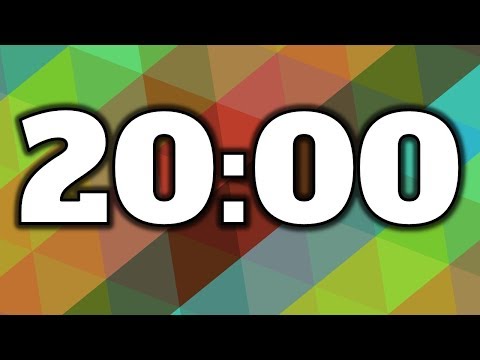
Found 5 images related to set a timer for 20 mins theme











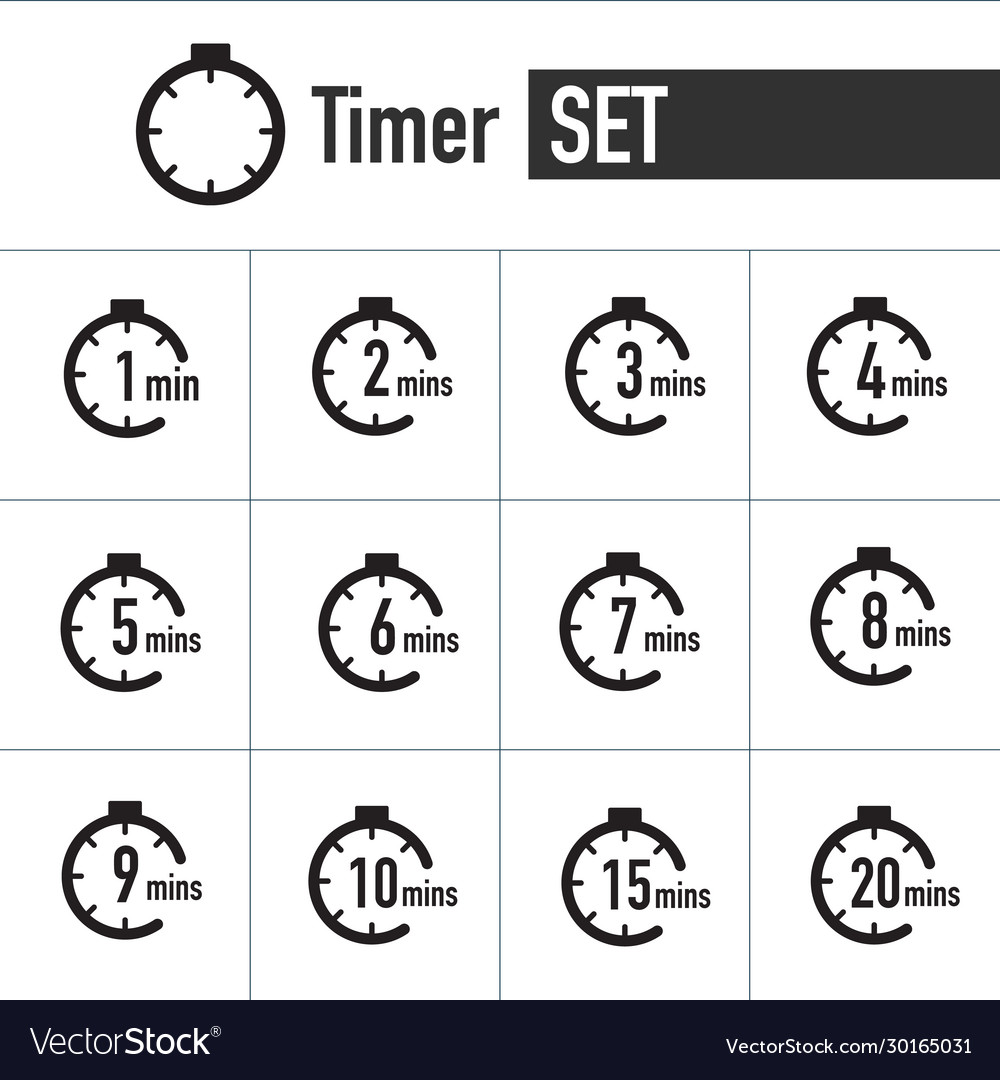

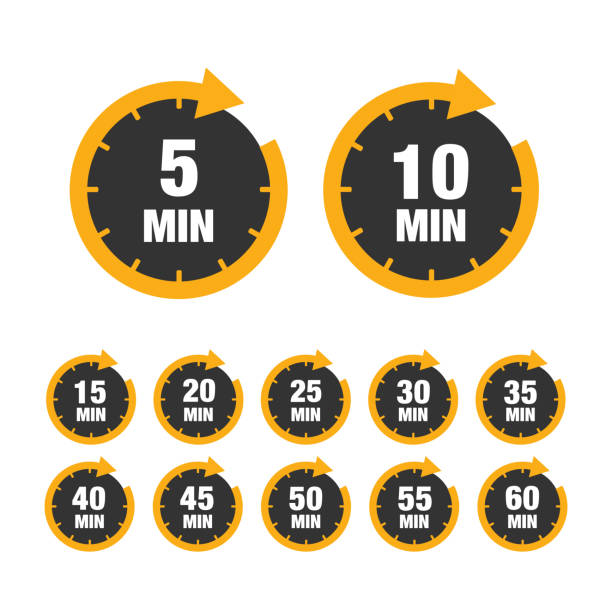


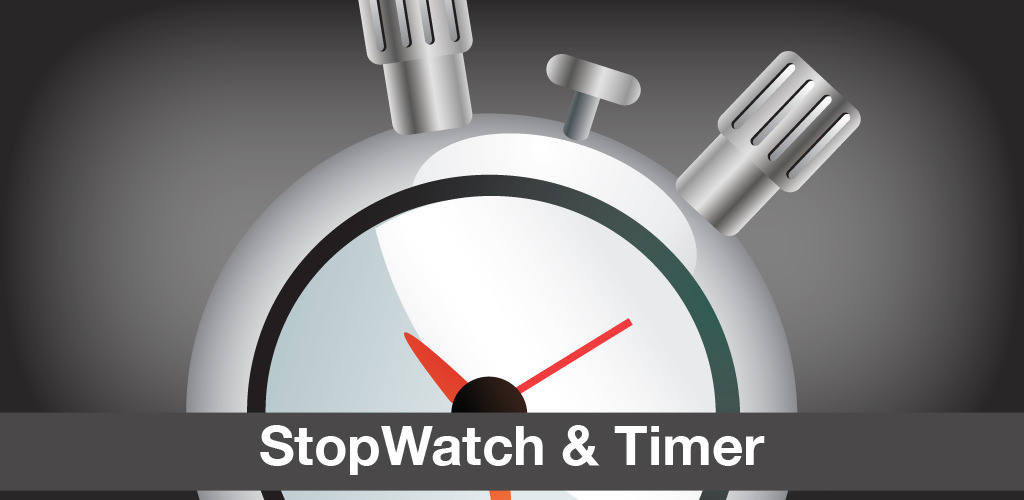
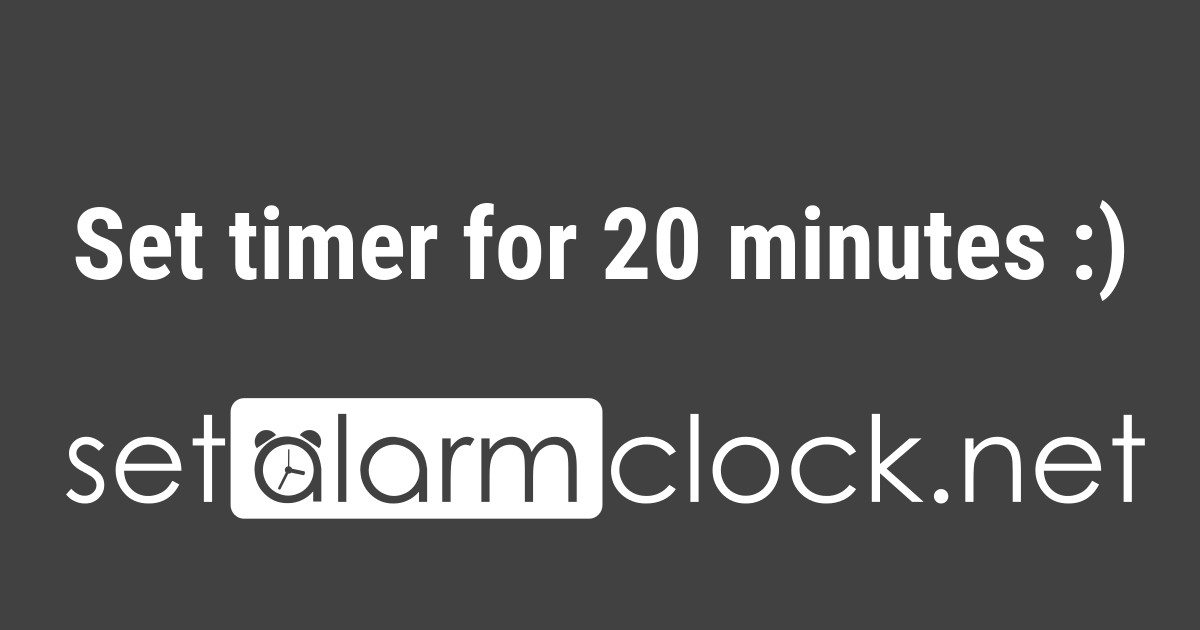
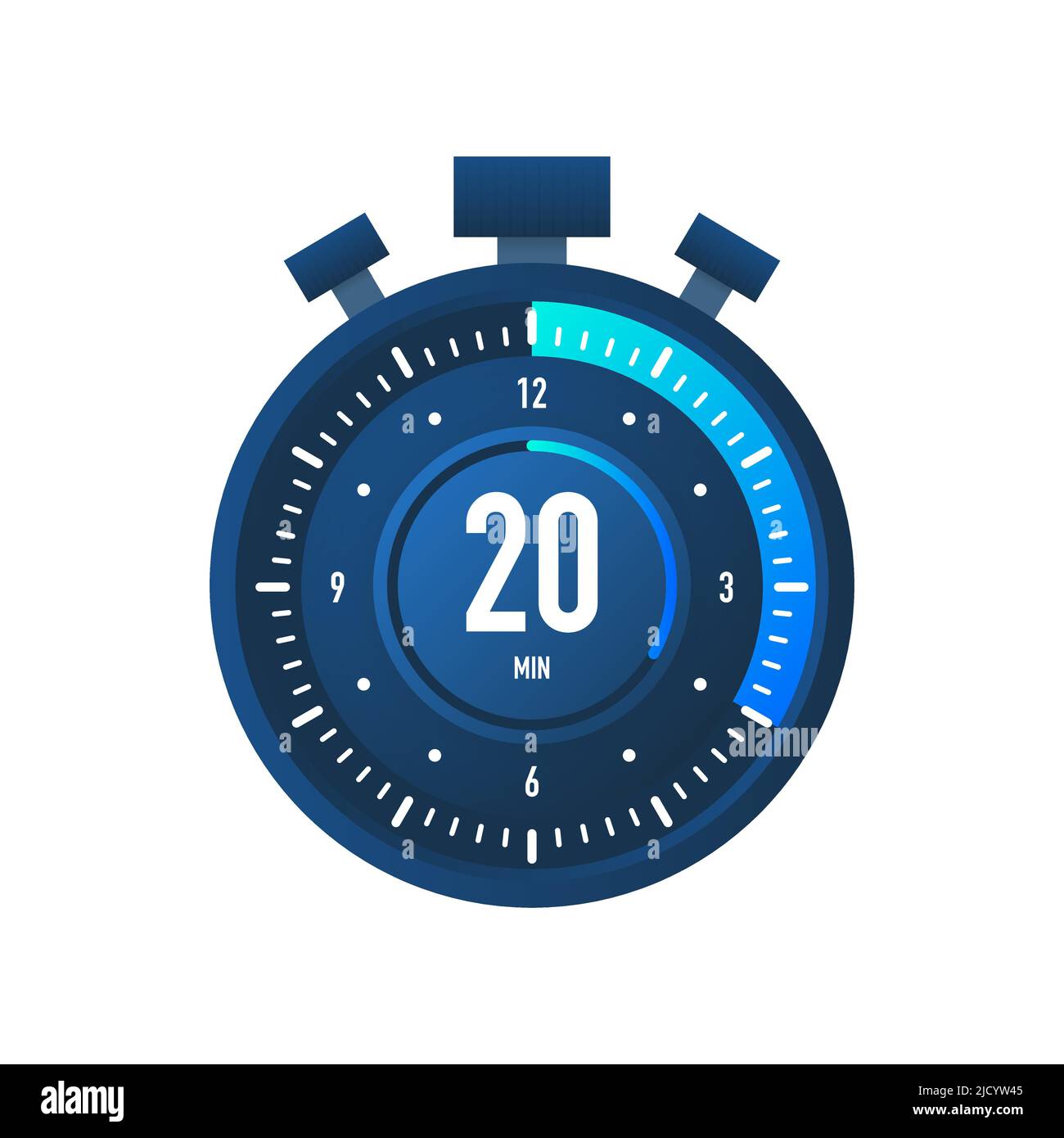


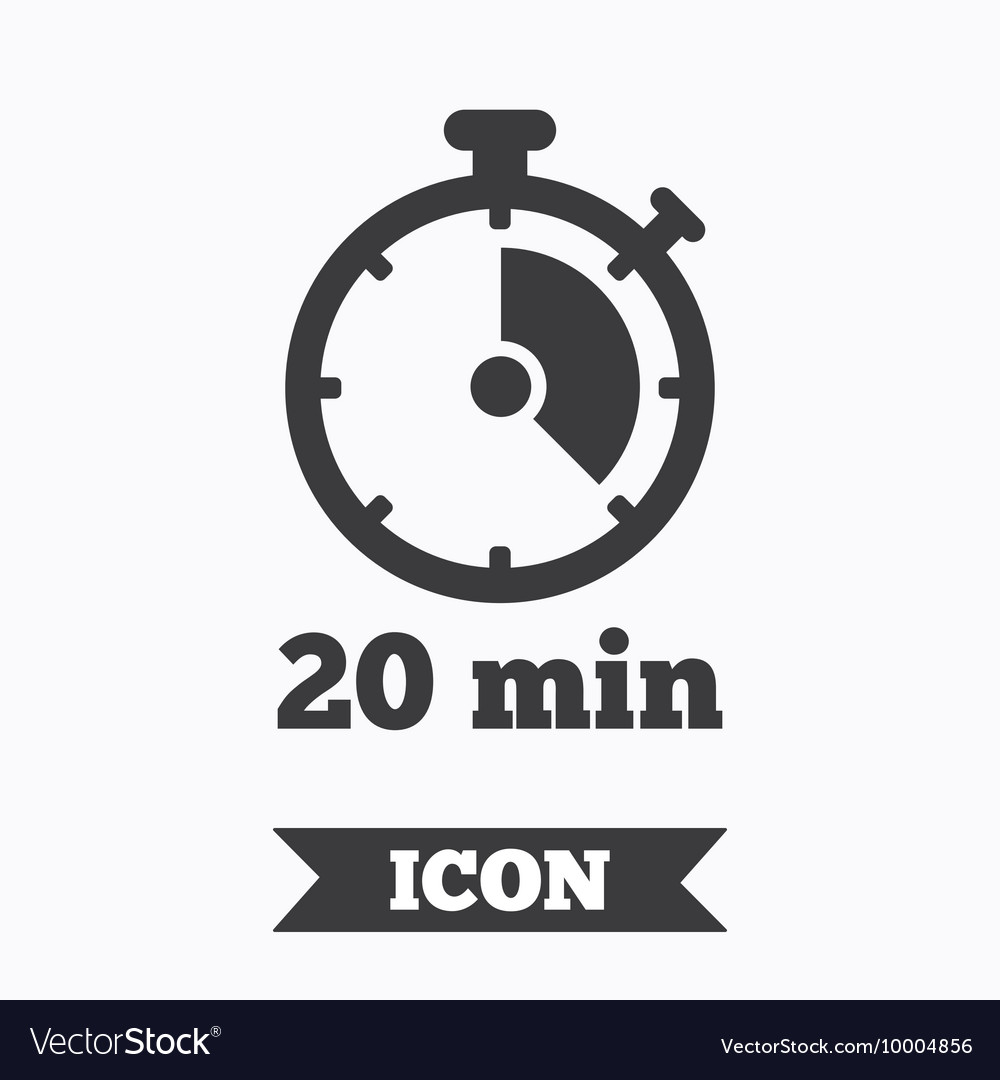
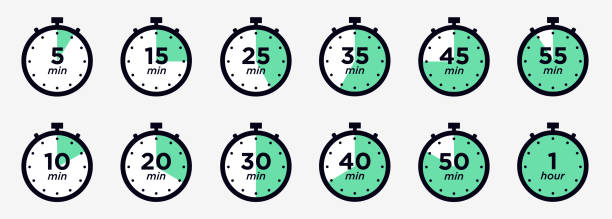

![Minutes / Hours · Timer · Stopwatch Icon (20... - Stock Illustration [50687579] - PIXTA Minutes / Hours · Timer · Stopwatch Icon (20... - Stock Illustration [50687579] - Pixta](https://en.pimg.jp/050/687/579/1/50687579.jpg)

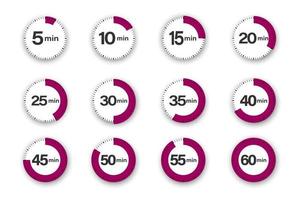
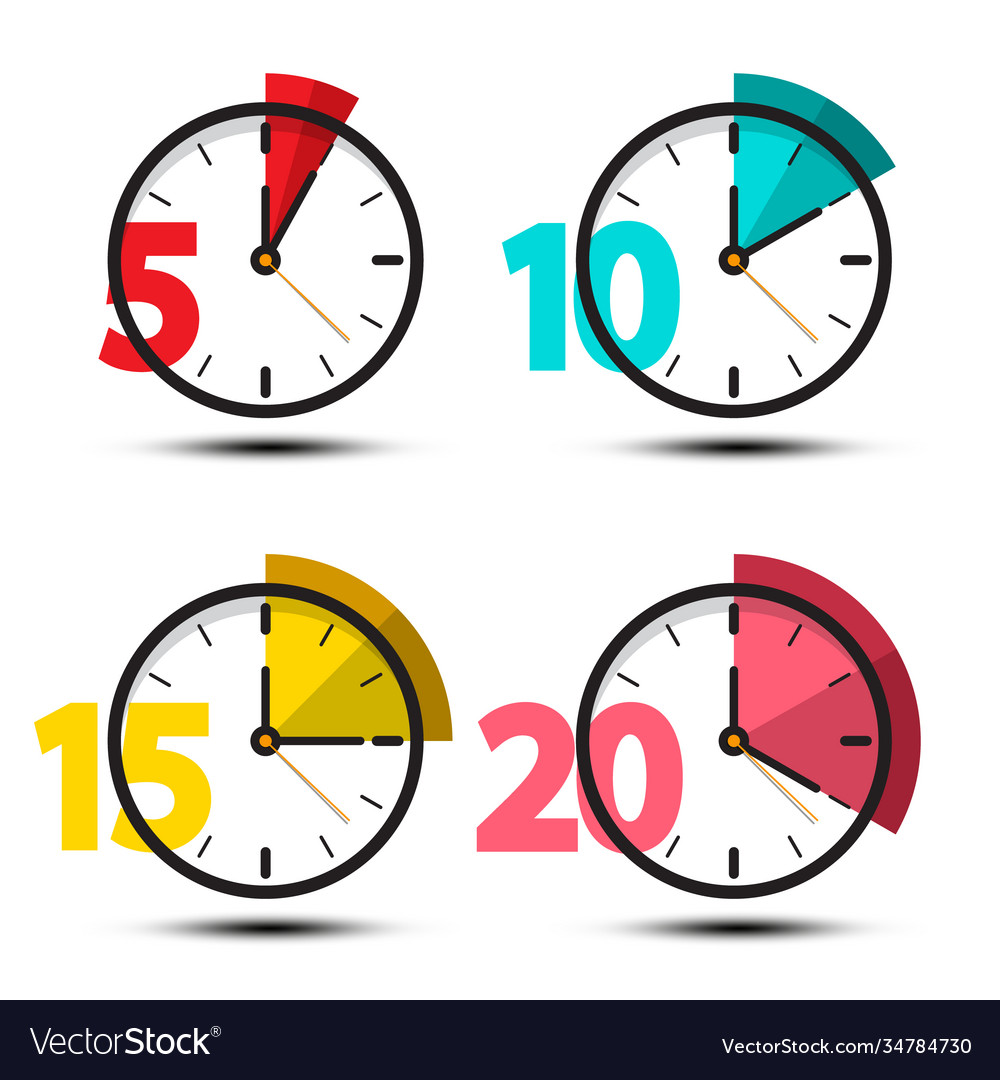


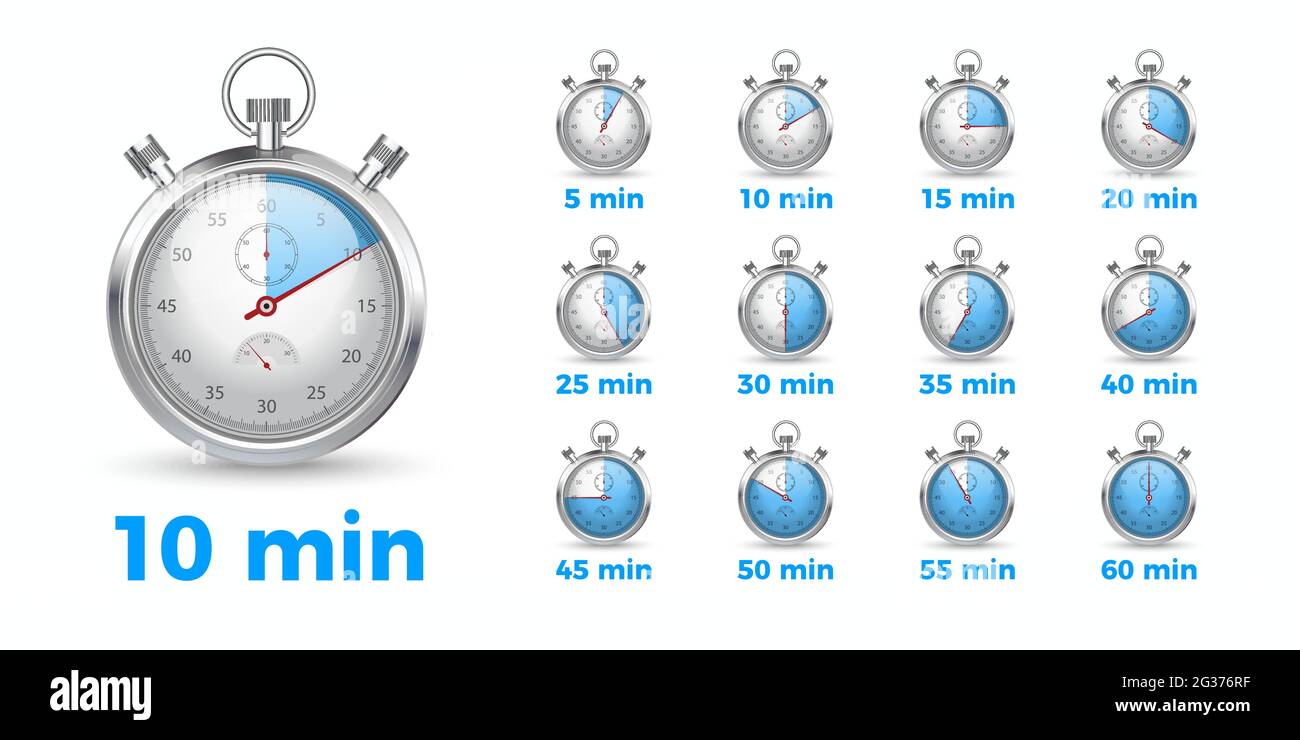

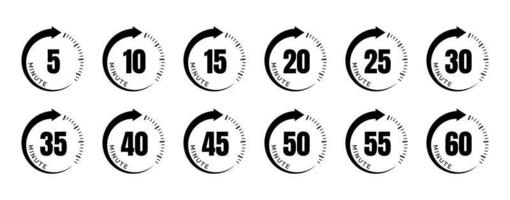
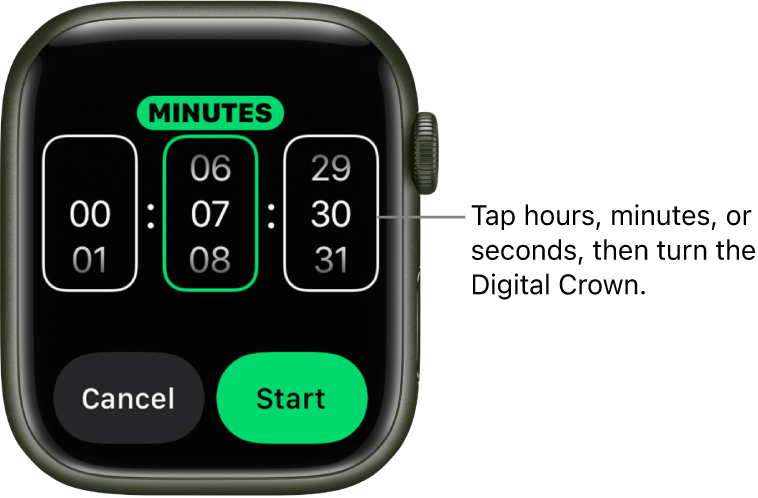

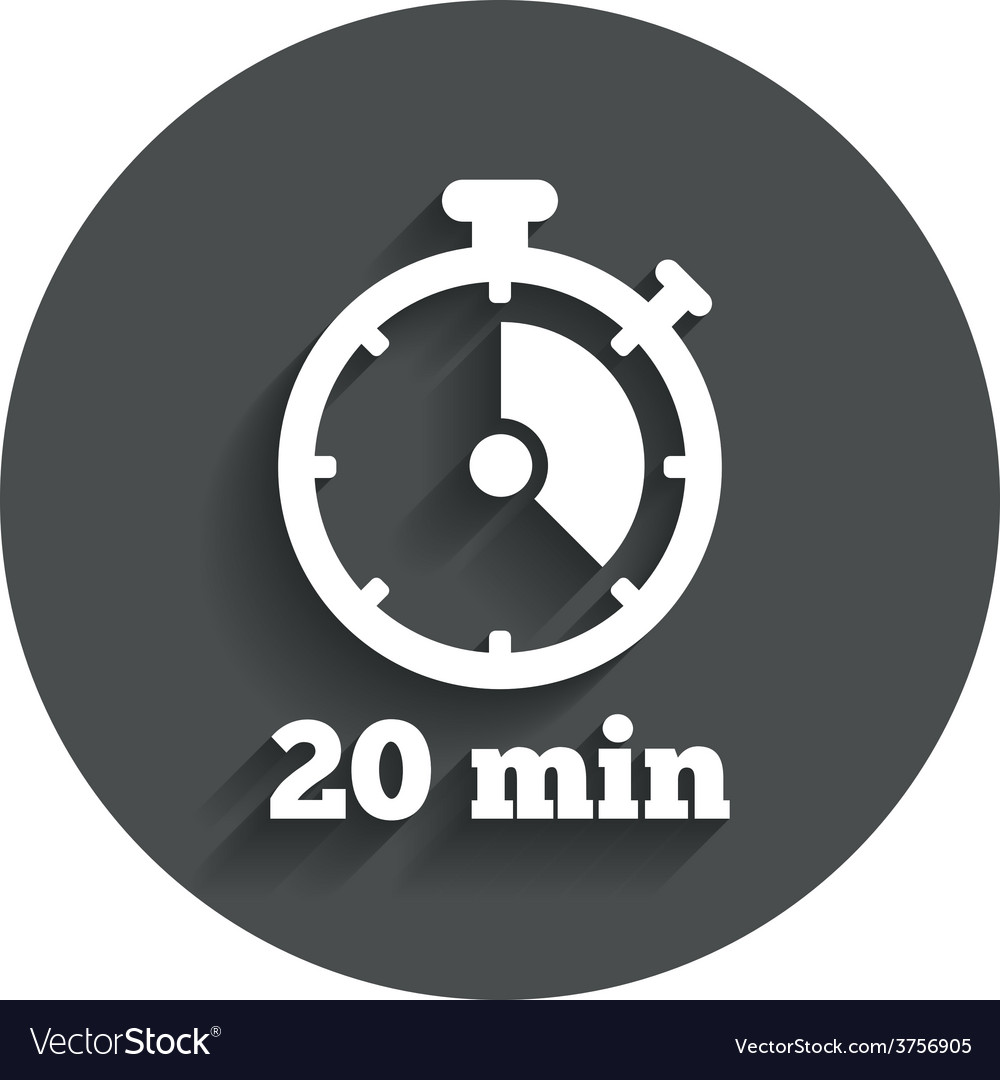

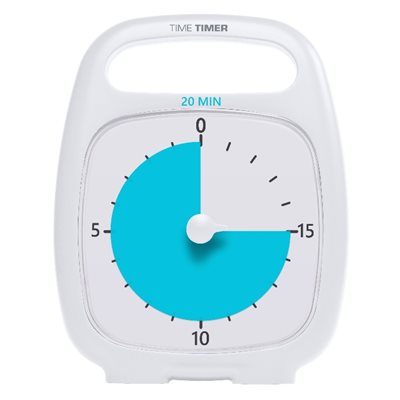
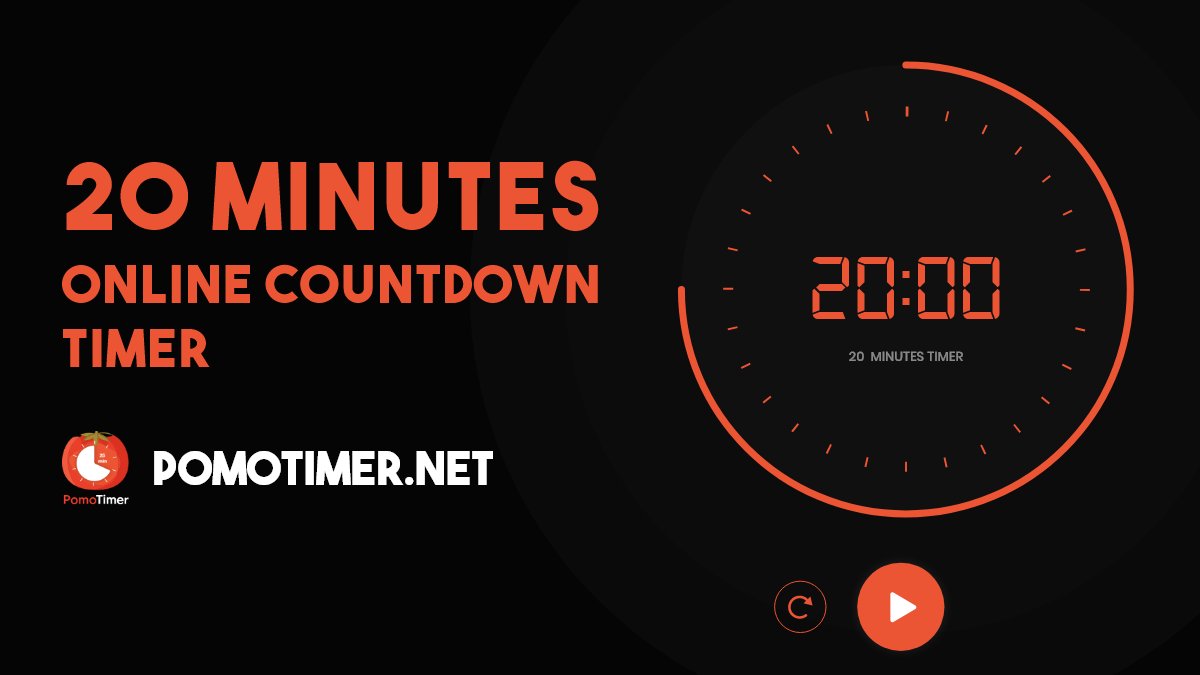
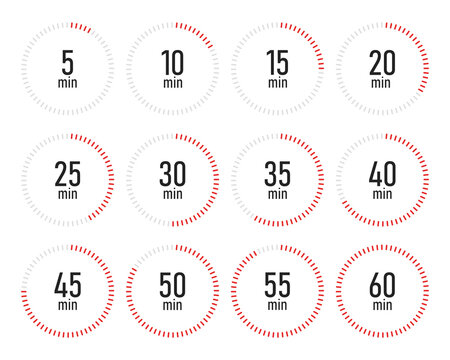



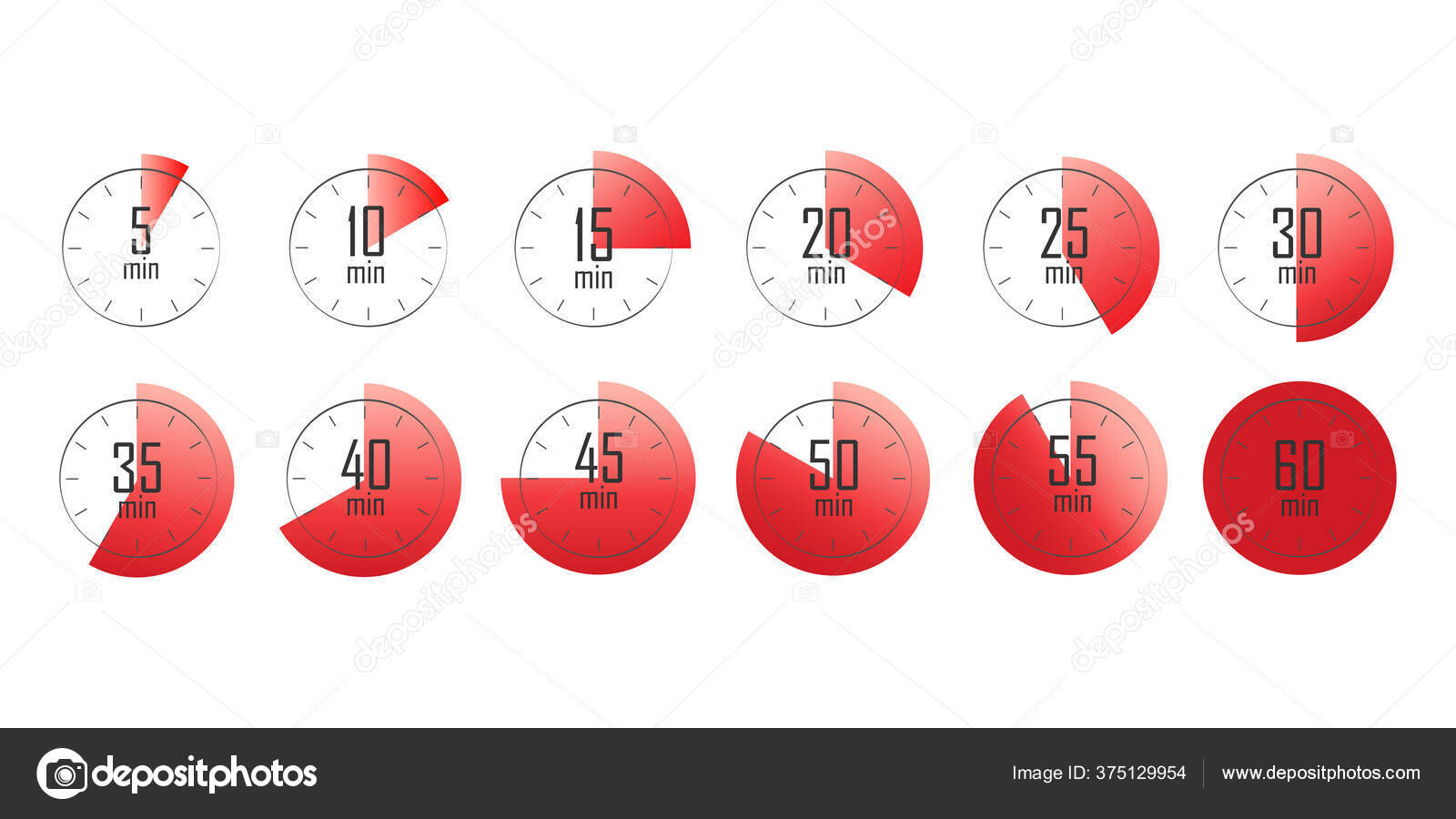
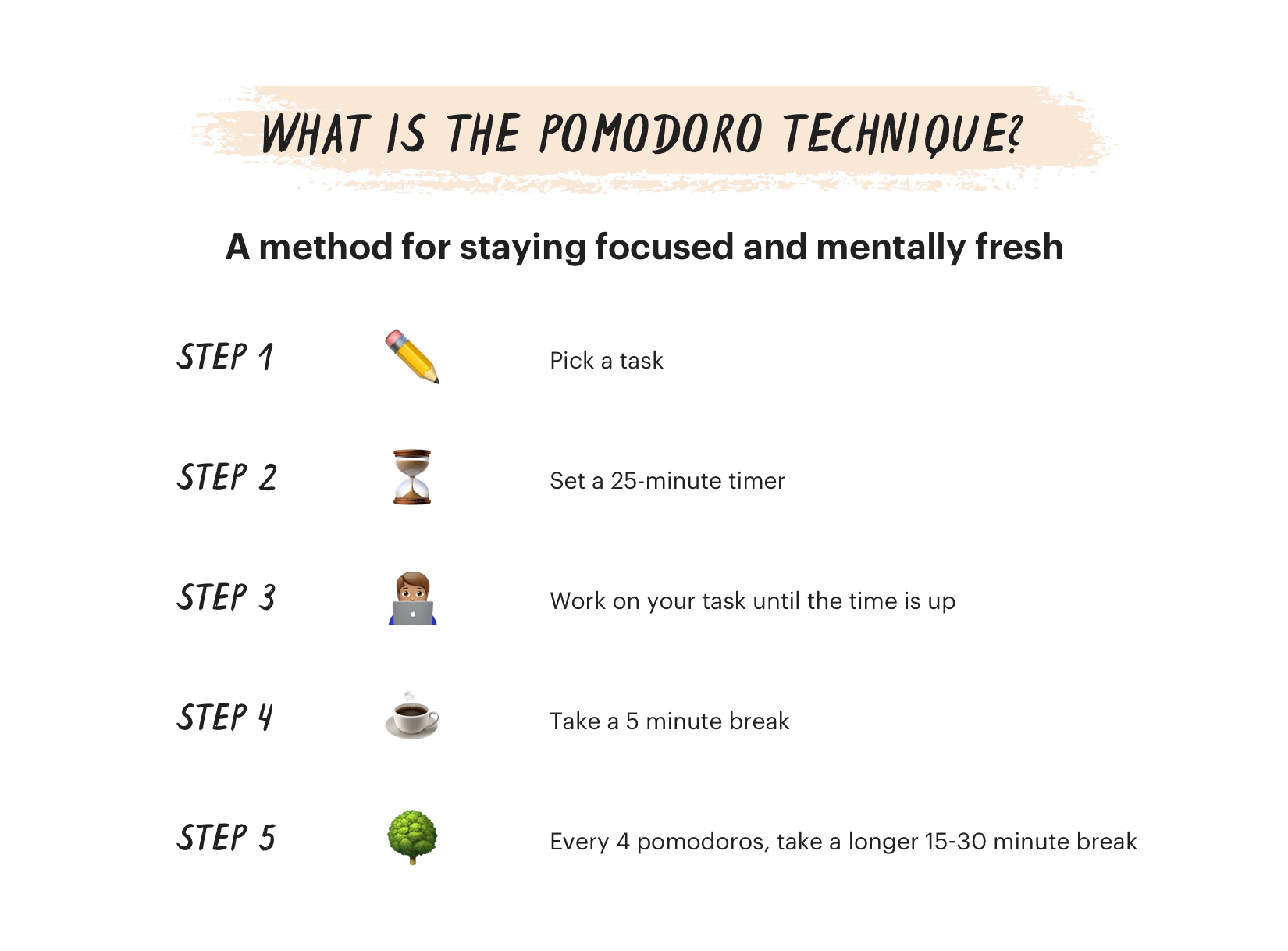



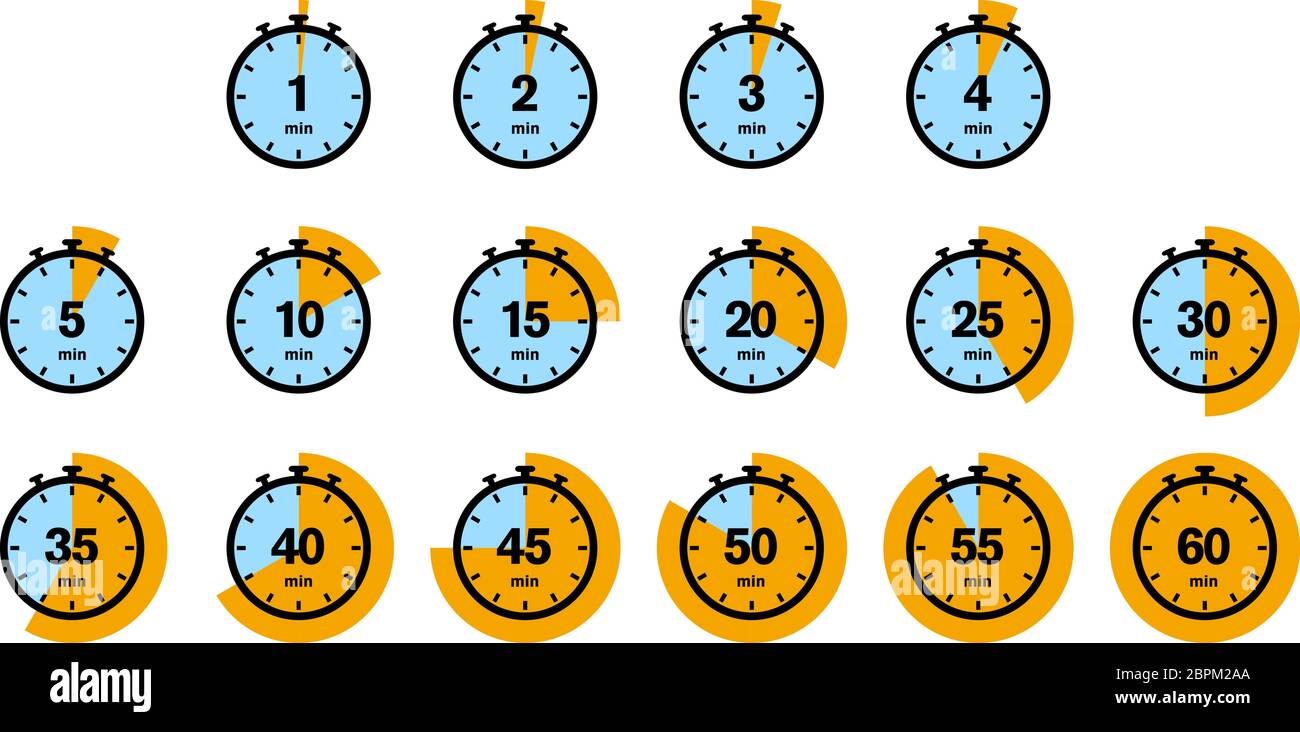
Article link: set a timer for 20 mins.
Learn more about the topic set a timer for 20 mins.
- 20 Minutes Timer – Online Stopwatch
- Use the timer & stopwatch – Android Help – Google Support
- Google Search’s built-in timer has disappeared — but it should be …
- 20 Minute Timer – Online Timer – Countdown – vClock
- 20 Minute Timer – Online Timer Countdown
- Countdown timer, 20 minutes
- Online 20 minute timer
- Settings for 20 minute timer – Online Alarm Clock
See more: https://nhanvietluanvan.com/luat-hoc/